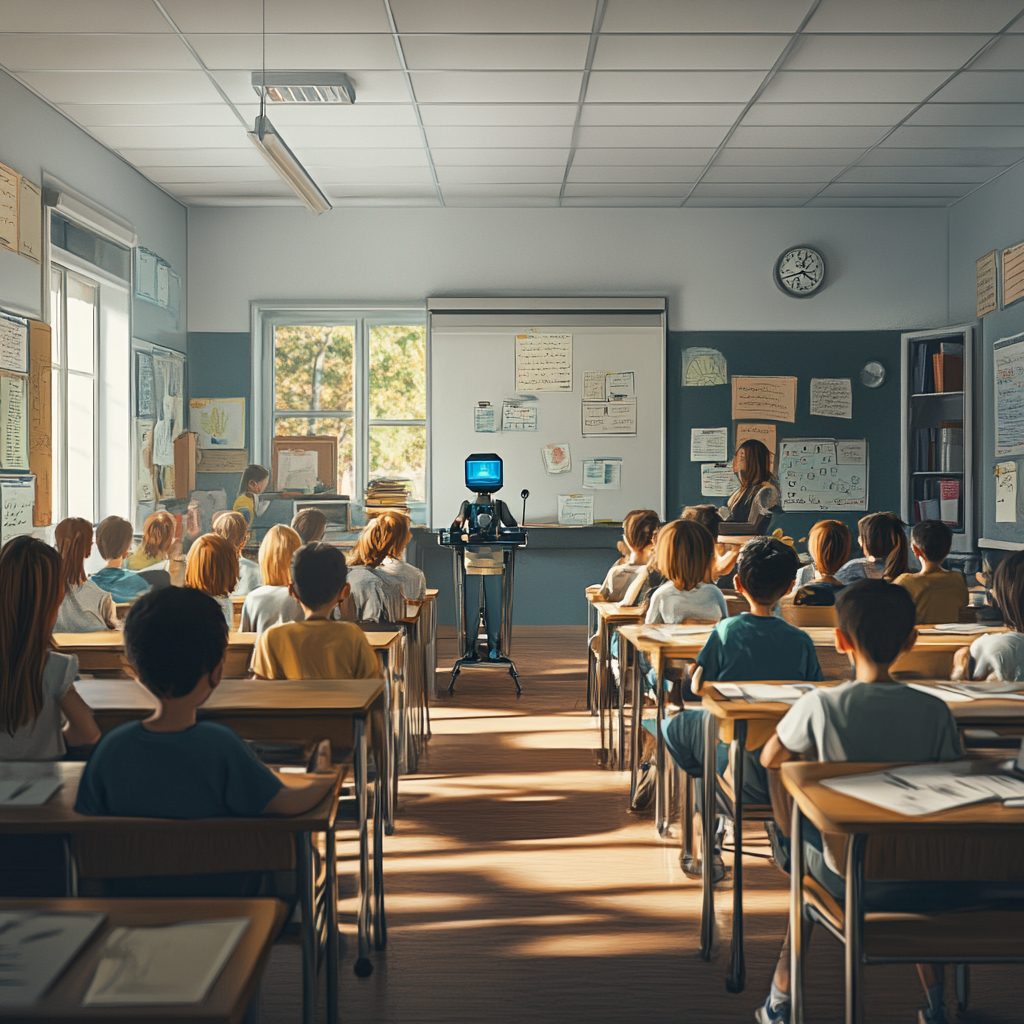What if the future of democracy depends not on the next big AI startup—but on whether 12-year-olds understand algorithms?
In a surprising but significant move, the White House has issued a Presidential Memorandum urging federal agencies to take action to bring AI education into American classrooms—well before students choose a career or even graduate high school.
This isn’t about pushing kids into tech careers. It’s about making sure every student in the U.S., especially those from underserved communities, understands the tools that are shaping their world. From Insta to ChatGPT to algorithmic grading systems, AI already plays a role in how kids learn, live, and engage with information.
“Every student should be prepared to thrive in a world being transformed by AI.”
This federal memo isn’t proposing one sweeping program but rather encouraging coordinated actions across departments to promote AI literacy for K–12 students and the teachers who guide them.
What’s Actually in the Memorandum?
Here’s a breakdown of the major directions and ideas in the Presidential Memorandum:
- Expanding AI Literacy for All: Agencies are being asked to boost AI awareness and understanding—not just among students, but also families, educators, and school administrators.
- Inclusive AI Curriculum: There’s an emphasis on creating culturally relevant, age-appropriate, and accessible educational materials that reflect America’s diversity.
- Teacher Empowerment: Training the teachers who’ll teach AI is key. The memo calls for inter-agency collaboration to create scalable, trustworthy teacher-training programs.
- Focus on Equity: Special attention is being given to Title I schools and communities historically underrepresented in STEM—making sure no one is left behind in the AI wave.
- Safeguarding Student Rights: The memorandum highlights the need to protect students’ privacy and safety when using AI tools in educational settings.
Why This Actually Matters
AI isn’t a future problem—it’s a now problem. Kids are already interacting with it daily. But most of them have no idea how it works or where it might be shaping their choices. That’s dangerous—not just for their career prospects, but for their ability to think critically, engage as citizens, and question systems around them.
The memo shifts the narrative: AI isn’t just something for coders in Silicon Valley. It’s a literacy issue. A citizenship issue. An equity issue.
Q&A: What People Are Asking
Q1: Is this a law or just a recommendation?
It’s a Presidential Memorandum—an official directive that guides how federal agencies should prioritize and coordinate their work. It’s not a law or new funding bill, but it can influence major programs and resource allocation.
Q2: Does this mean kids will start learning coding in every school?
Not necessarily. The focus is on AI literacy—understanding what AI is, how it affects their lives, and how to use and question it responsibly. Coding may be part of it, but critical thinking and digital ethics are central.
Do you think AI should be taught in schools? Add your thoughts in the comments below!
🧠 Want more of these breakdowns in your inbox? Sign up for our AI Newsletter
🤖 Need help bringing AI literacy or strategy into your organization? Explore our AI Consulting services here →


